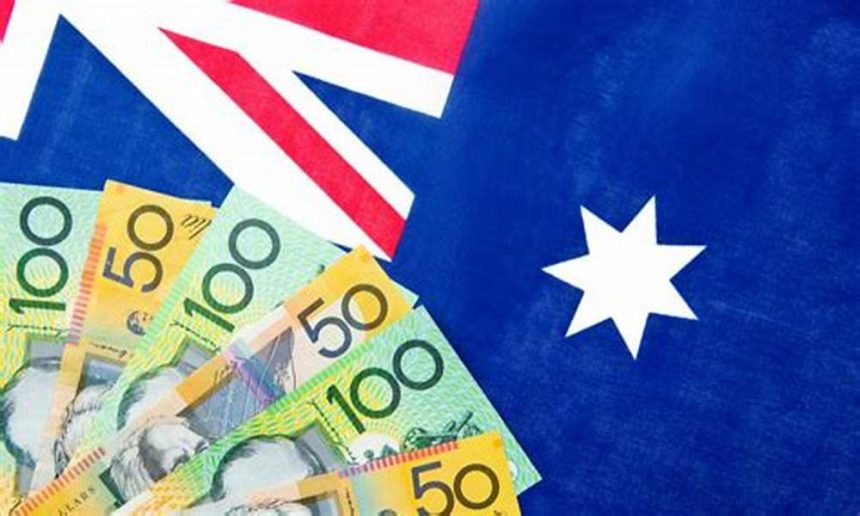Australian dollar gains ground on an improving domestic share market following a tech rally on Wall Street.
On Friday, the Australian Dollar (AUD) rose for the second day in a row. The Australian Dollar (AUD) gains positive momentum versus the US Dollar (USD) because to the strengthening domestic share market, propelled by a technology rally on Wall Street following robust labor data. the United States (USA). This spike has boosted market confidence in the economy, and investors are avoiding uncertainty about the Federal Reserve’s interest rate path.
The Australian dollar faces a challenge amid concerns about possible early interest rate cuts by the Reserve Bank of Australia (RBA). This idea gained popularity after an unexpected fall in Employment Change statistics for December, which was announced on Thursday. Adding to this belief, a recent survey of 40 economists conducted by “The Australian Financial Review” found that respondents expect the RBA to decrease interest rates as early as September.
US dollar gains demand as rising tensions in the Red Sea increase risk aversion attitude.
Middle East conflict bolsters risk aversion attitude, as heightened tensions in the Red Sea push traders to seek safe-haven assets, resulting in greater demand for The US dollar. This, in turn, puts negative pressure on the AUDUSD pair. The situation worsened after the US-led military coalition launched a series of strikes on Houthi targets in Yemen in retaliation to the Iran-backed Houthi group’s missile attacks on marine vessels earlier this week.
The US Dollar Index (DXY) consolidates with a positive bias to extend its winning streak. Another wave of positive statistics in key US indicators has supplied additional fuel to the US Dollar’s upward trend, reaffirming the prevalent narrative of a longer period of tightened monetary policy by the US Fed. The rise in US Treasury yields is also contributing to the bullish momentum, providing extra support for the greenback.
Positive US housing and labor data help to weaken the narrative of Fed rate cuts in March.
US housing starts (MoM) In December, the number exceeded expectations, reaching 1.46 million instead of the expected 1.426 million. Building permits for the month also increased, reaching 1.495 million, exceeding the market consensus of 1.48 million. Meanwhile, initial jobless claims for the week ending January 12 fell to 187,000 from 203,000 the week before.
However, the Philadelphia Fed Manufacturing Survey for January fell by -10.6 points, compared to the expected decrease of -7.0. Looking ahead, traders will likely pay attention to the preliminary Michigan Consumer Sentiment Index for January, which is predicted to rise to 70 from 69.7 in December.
Daily Market Movers: Australian Dollar Gains Ground Due to Improved Domestic Market.
Australia’s consumer inflation expectations have stayed stable at 4.5% in January.
The Australian seasonally adjusted unemployment rate remained unchanged at 3.9% in December, in line with predictions.
Australian employment change fell by 65.1K, compared to the expected increase of 17.6K.
Australia’s consumer confidence fell by 1.3% in January, following a 2.7% increase the previous month.
China’s yearly GDP increased by 5.2%, compared to the 5.3% projected in the fourth quarter.
Chinese industrial production (YoY) increased by 6.8% in December, and was predicted to remain at 6.6%.
China’s retail sales rose 7.4% year on year, falling shy of the market forecast of 8.0%.
Despite good developments in the inflation forecast, Federal Reserve Governor Christopher Waller has stressed that the central bank will not rush to detail rate-cutting intentions.
US retail sales (MoM) In December, it rose by 0.6%, beating the previous market consensus of 0.4 and 0.3%.
The US Retail Sales Control Group increased to 0.8% from 0.5% previously.
US Retail Sales ex Autos (MoM) increased by 0.4%, beating market expectations of 0.2%.









